
The mucous membrane of the respiratory tract begins in the nose, continues into the pharynx, and from there extends through the trachea into the lungs, where it covers their entire inner surface. The normal, healthy respiratory mucosa constantly secretes the mucus that coats it; tiny ciliates, with which the mucosa is densely sown, "clean" this mucus outwards towards the throat. Cough receptors are also present in the walls and mucous membranes of the respiratory tract. These respond to a number of factors that can trigger a cough.
Cough - a way to clean the mucous membranes of the respiratory tract
There are many causes for cough. It can be an inflammatory process, mechanical, thermal or chemical irritation in the respiratory tract; cough can also be psychogenic (the cause of which is found in the psychological process) or caused by the use of certain medications.Cough can be chronic (prolonged) or acute (new). The latter is more common, but we cannot always determine the cause ourselves. The acute form of cough can last from two to eight weeks. However, when the problem is so disturbing that we go to the pharmacy or doctor for advice and help, it is very important that we know how to pinpoint the type of cough. We roughly divide cough into:
unproductive or dry cough: there is irritation in the respiratory tract, which forces a constant coughing or a stronger cough, in which there is no secretion from the lungs. The cough is usually triggered by a narrowing of the airways or e.g. with some external factor (inhalation of cold air, odor, dust particles in the inhaled air, etc.). When a cough is triggered, it can be quite intense and last for a long time;
productive or wet cough: there is mucus peeling from the surface of the respiratory mucosa, there may be sputum (including purulent), the cough is not dry and wheezy, as is typical of the unproductive form, but is "deeper" and a rumbling sound lungs. By coughing, we accelerate mucociliary cleansing (i.e., cleansing with the help of migetalks) in the respiratory tract, so we have a feeling of relief when we cough. Of course, only until the mucus accumulates again, which must be coughed up.
How to act against cough?
In the fight against cough, we usually first turn to the pharmacy for advice. If we do not know how to define our problem in detail, pharmacists in the pharmacy ask us in detail about the type of cough so that they can help us find the most appropriate solution for it.
Cough problems can also be treated with home remedies, but even in this case, the type of cough must first be defined. Some of the most common measures and herbs to successfully fight cough:
(mallow root) is an effective remedy for dry, unproductive cough. It can be used in the form of a syrup or the crushed roots can be poured with cold water, which leaks mucus from the root. These cover the surfaces of the respiratory mucosa and thus protect them from external stimuli that cause coughin
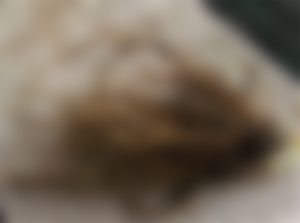
(thyme) in the form of syrup or tea effectively helps with expectoration. Thyme essential oil facilitates the excretion of mucus from the respiratory tract and can also be used in the form of inhalations.
.

Ivy
dilutes mucus and thus facilitates its expectoration. It also has a beneficial effect on dry cough, as it prevents irritation of the respiratory mucosa.

Smreke brsti
have long been known in folk medicine for their effect on expectoration. They work in the form of syrup, which can be prepared yourself or bought at the pharmacy, as well as if you just chew a fresh spruce or larch bud.
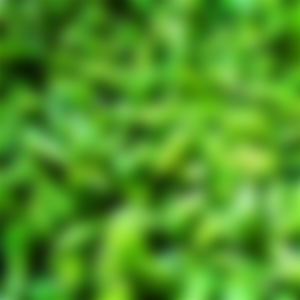
črna redkvica
and honey soften the accumulated mucus in the respiratory tract and thus facilitate its excretion. The syrup is available in pharmacies, but you can also make the preparation yourself by digging out a black radish, pouring honey into it, piercing the bottom and dosing it with spoons, which is squeezed out of the radish
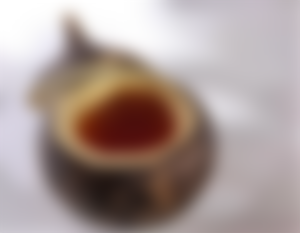
Iceland lichen
as a syrup, tea, or lozenge, it works effectively against dry cough in a similar way to mallow or plantain - by mechanically protecting the respiratory mucosa.

Inhalations
work as very effective in productive cough. Prepare them by pouring herbs (thyme, chamomile ...) or their essential oils into hot water and inhaling the released water vapor - this effectively softens the mucus accumulated in the respiratory tract, which is then easier to excrete.

Abundant intake
(warm) fluids also facilitate expectoration by diluting the mucus and accelerating its movement from the internal to the external respiratory tract.

Zimska sezona je na vrhuncu, a istovremeno je vrijeme kada se mnogi od nas suočavaju s dosadnim pratiteljem hladnog vremena - kašljanjem.Sluznica dišnog trakta započinje u nosu, nastavlja se u ždrijelo i odatle se proteže kroz dušnik u pluća, gdje pokriva cijelu njihovu unutarnju površinu. Normalna, zdrava respiratorna sluznica neprestano izlučuje sluz koja je prekriva; sitni cilijarci, kojima je sluznica gusto zasijana, "čiste" ovu sluz prema van prema grlu. Receptori za kašalj također su prisutni u zidovima i sluznicama respiratornog trakta. Oni reagiraju na brojne čimbenike koji mogu potaknuti kašalj.Kašalj - način čišćenja sluznice dišnog traktaUzroka za kašalj je mnogo. To može biti upalni proces, mehanička, toplinska ili kemijska iritacija u respiratornom traktu; kašalj također može biti psihogen (čiji se uzrok nalazi u psihološkom procesu) ili uzrokovan uporabom određenih lijekova.Kašalj može biti kroničan (dugotrajan) ili akutni (novi). Ovo potonje je češće, ali ne možemo uvijek sami utvrditi uzrok. Akutni oblik kašlja može trajati od dva do osam tjedana. Međutim, kad je problem toliko uznemirujući da odemo u ljekarnu ili liječnika po savjet i pomoć, vrlo je važno da znamo točno odrediti vrstu kašlja. Kašalj približno dijelimo na:neproduktivan ili suh kašalj: postoji iritacija u respiratornom traktu, što tjera na stalno kašljanje ili jači kašalj, u kojem nema izlučivanja iz pluća. Kašalj obično potakne suženje dišnih putova ili na pr. s nekim vanjskim čimbenikom (udisanje hladnog zraka, mirisa, čestica prašine u udahnutom zraku itd.). Kada se kašalj pokrene, on može biti prilično intenzivan i trajati dugo;produktivan ili mokar kašalj: dolazi do ljuštenja sluzi s površine respiratorne sluznice, može biti ispljuvka (uključujući gnojni), kašalj nije suh i šištav, što je tipično za neproduktivni oblik, ali je "dublji" i začuje se zvuk tutnjave u pluća. Kašljanjem ubrzavamo mukocilijarno čišćenje (tj. Čišćenje uz pomoć migetalksa) u respiratornom traktu, pa imamo osjećaj olakšanja kad kašljemo. Naravno, samo dok se sluz ponovno ne nakuplja, što se mora iskašljati.
Kako djelovati protiv kašlja?U borbi protiv kašlja obično se prvo obratimo ljekarni za savjet. Ako ne znamo detaljno definirati svoj problem, ljekarnici u ljekarni detaljno nas pitaju o vrsti kašlja kako bi nam pomogli pronaći najprikladnije rješenje za njega.Problemi s kašljem mogu se liječiti i domaćim lijekovima, ali čak i u ovom slučaju, prvo se mora definirati vrsta kašlja. Neke od najčešćih mjera i biljaka za uspješnu borbu protiv kašlja:
Sići(korijen sljeza) učinkovit je lijek protiv suhog, neproduktivnog kašlja. Može se koristiti u obliku sirupa ili zdrobljeni korijen preliti hladnom vodom koja iz korijena propušta sluz. Oni pokrivaju površine sluznice dišnog trakta i tako ih štite od vanjskih podražaja koji uzrokuju kašalj.
Timijan(majčina dušica) u obliku sirupa ili čaja učinkovito pomaže kod iskašljavanja. Eterično ulje majčine dušice olakšava izlučivanje sluzi iz respiratornog trakta, a može se koristiti i u obliku inhalacija.
Bršljan razrjeđuje sluz i tako olakšava njezino iskašljavanje. Blagotvorno djeluje i na suhi kašalj, jer sprečava nadražaj respiratorne sluznice.
Trputac(biljka trputca uskog lista) u obliku sirupa ili čaja djeluje protiv suhog kašlja, jer sadrži sluz koja zaštitno djeluje na respiratornu sluznicu; istodobno mu se pripisuje i blagi antibakterijski učinak.
Pupoljci smrekeo davno su poznati u narodnoj medicini po učinku na iskašljavanje. Djeluju i u obliku sirupa, koji možete sami pripremiti ili kupiti u ljekarni, kao i ako samo žvačete svježu pupoljku smreke ili ariša.
crna rotkva a med omekšava nakupljenu sluz u respiratornom traktu i tako olakšava njezino izlučivanje. Sirup je dostupan u ljekarnama, ali pripravak možete napraviti i sami tako što ćete iskopati crnu rotkvicu, uliti u nju med, probušiti dno i dozirati žlicama koje se istiskuju iz rotkvice.
Islandski lišaj kao sirup, čaj ili pastila djeluje učinkovito protiv suhog kašlja na sličan način kao sljez ili trputac - mehaničkom zaštitom respiratorne sluznice.
Inhalacije
djeluju kao vrlo učinkoviti u produktivnom kašlju. Pripremite ih ulijevanjem bilja (majčina dušica, kamilica ...) ili njihovih esencijalnih ulja u vruću vodu i udisanjem ispuštene vodene pare - to učinkovito omekšava sluz nakupljenu u respiratornom traktu, koja se potom lakše izlučuje.
Obilni unos
(tople) tekućine također olakšavaju iskašljavanje razrjeđivanjem sluzi i ubrzavanjem njezinog kretanja iz unutarnjeg u vanjski respiratorni trakt.
I love read.cash
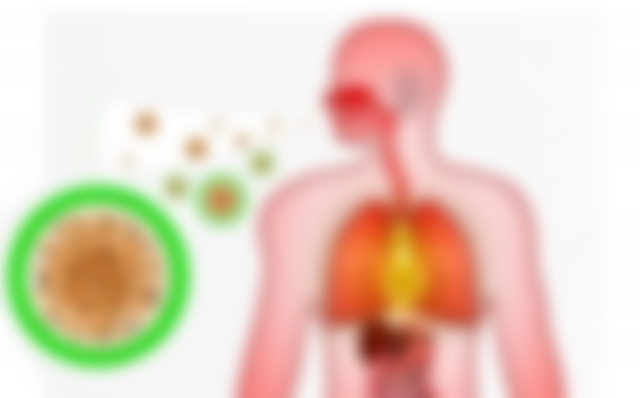
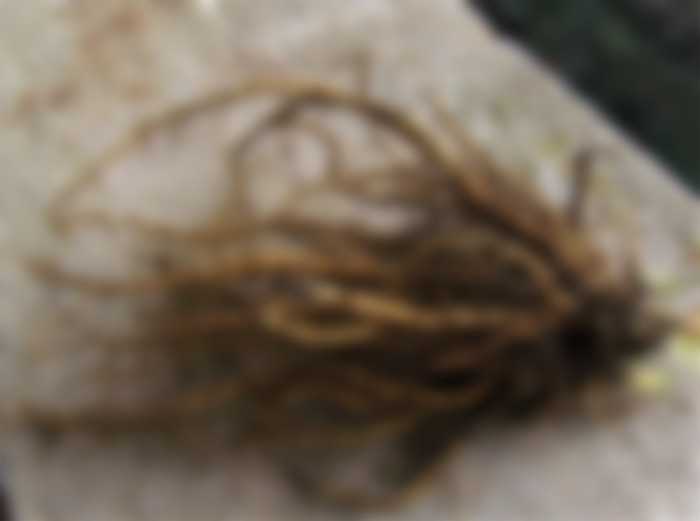


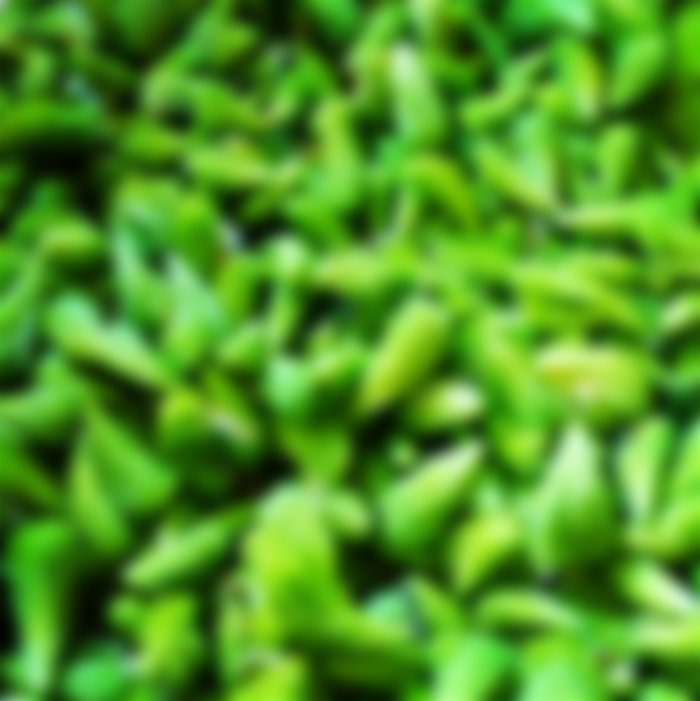
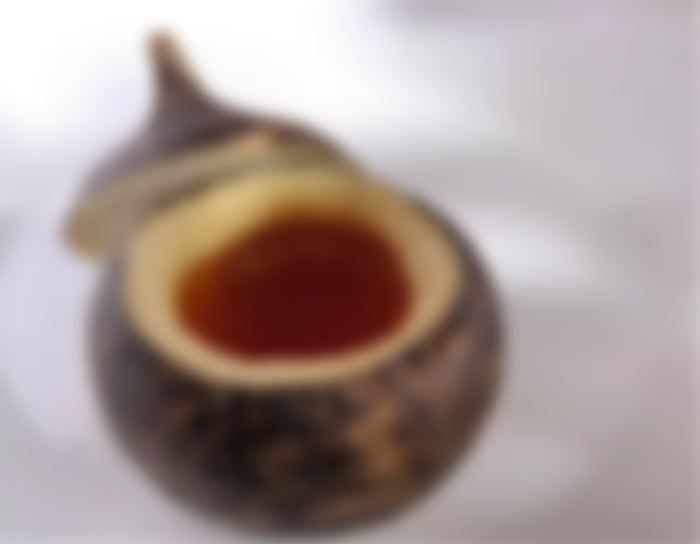
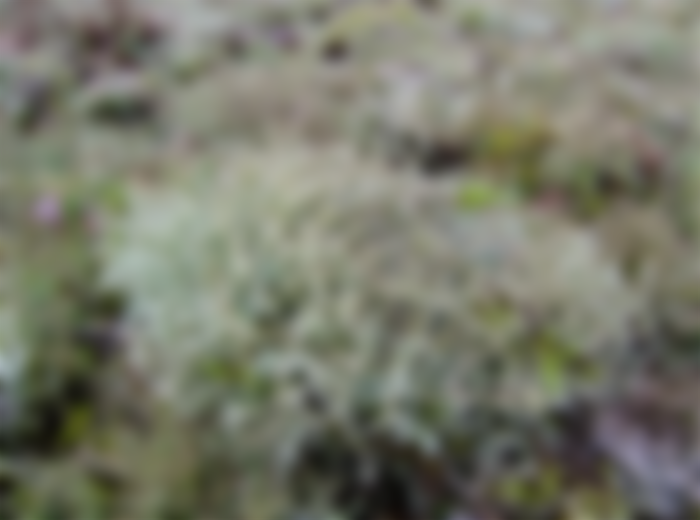

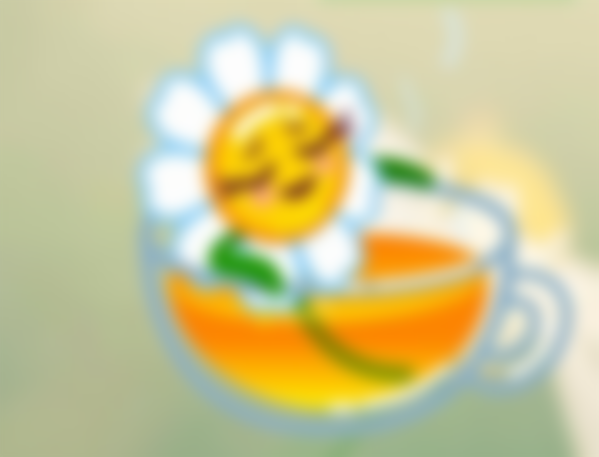
Super clanak! Za kasalj mi uglavnom koristimo inhaliranje belim slezom i bosiljkom...